The following are selections from the photos or objects of art I post at Pinterest.com
. . .
POLITICAL CARTOONS (Sept. 2013)
The Cold War of ACA and Insurance Companies

.
Big Data and Big Business — the “Elephant” of today’s Health Care

.
There is no excuse for big business not engaging in smart data use, avoiding outdated analytic routines.

.
The search for savings in health care, gone awry . . .

Some truths about cost (based on records for ca. 100M people)
The longer we survive, the more expensive our health care bills become
Facilitating and enabling people to live longer is the American way (I think)
Reducing cost will never be an incentive for improving people’s health and longevity

.
APRIL 2014
MEDICINE & WAR

I placed two related maps into the same illustration for spatial comparisons to be made. This is for the most part based on 2002 data. Originals are found at this excellent spatial analysis site, Worldmapper, at www.worldmapper.o…
.
Two maps for comparison. A small part of the cost of war. (Based on 2002 data for the most part.) Source of originals: www.worldmapper.o…
.
INTERNATIONAL HEALTH
This 1928 coin from China was stamped “1954” and was once in possession of a “Robert Livingston”, a name stamped on its opposite face. No link has been established between this coin and any ‘Robert Livingston’ from this period of time in Sino-American politics. It serves, however, as an interesting symbol of the introduction of Zen Buddhism into American culture in 1988, by none other than Roshi Robert Livingston in New Orleans, Founder of the American Zen Association.
.
Coins like these were often sold at bazaars and tourist sites in foreign countries for use as an amulet, a charm, or wearing on a bracelet as a symbol of Good Luck. The lack of wear on this coin suggests it was worn alone on a necklace and never exposed much to any other objects. Purchased and stamped in 1954, its history and folklore suggest its purchase by a young traveler for ‘good luck’ during the course of his journey. By then, such coins were worth little.
.
AMERICAN MEDICAL HISTORY
.
This is another page from the recipe book of Fishkill, NY, Revolutionary War doctor Cornelius Osborn. Growing up on Osborn’s former property in and around Osborn Hill, I had numerous opportunities to find the plants he used for medicines. Bloodroot was introduced to settlers by local native Americans. The recipe is dated to 1764, and is reviewed at brianaltonenmph.c….
.
THE COLDENS
COLDENGHAM PRESERVATION & HISTORIC SOCIETY. Purpose: to raise public awareness and promote the history and legacy of Cadwallader Colden, Lt, Gov. of Provincial New York, and family, and to develop the Colden Mansion Ruins site into a heritage park through preservation of its natural and built environment, along with the Family Cemetery and the Colden Canal. The Town of Montgomery approved the third Sunday in April each year as Colden Day. BE THERE! APRIL 21, 2013, at Rte17K/Stone Castle Rd.
.
Cadwallader Colden is the first to suggest that non-venomous snakes without rattles can hypnotize their prey. He based this on observations of snakes and prey in his corn fields. — Announcing the first Annual “ Colden Day” at the Ruins on Sunday April 21, 2013, 1 to 4 pm. It will be held at the site of the Colden Mansion at the corner of Stone Castle Road and Rt. 17K in Coldenham, NY. The public is invited to celebrate the establishment of the Society by joining our membership list.
.
One of the least known facts about New York’s Cadwallader Colden is that he produced the first flora of New York. This flora focused on the plants on and around his property just west of Newburgh. He completed this work around 1739. It then made its way to Sweden, where Linneaus saw it, and published it in two parts in 1749 and 1751. Several of Colden’s specimens still reside in the original Linnaean collection. The one displayed is Catnip, also the first species on the page displayed.
.
PHYTOCHEMICALS
From 1988 to 1993 I performed thin layer chromotographies (TLCs) of herbal medicines I bought and any wildcrafted plants I gathered. The bright golden spot on the third specimen is hydrastine from store bought goldenseal root powder. The light blue at the bottom is hydrastinine, a decomposition product of hydrastine. We purchase this herb for its hydrastine and it’s very expensive. But the hydrastine only has a 3-4 month half-life in powdered roots; root pieces or chunks last much longer.
.
For about 10 years I taught this course entitled “Chemical in Plants”. It was about the Evolution of Natural Products, in particular the plant chemicals we consider medicinal, edible, colorful, valued for use as a fiber, etc. This photo demonstrates the effect of a waxy leaf combined with leaf hairs (pilose) on water. This plant is a species of hawkweed or Hierarcium (there are orange and yellow, for example see www.mbc.edu/…).
.
ENVIRONMENTAL HEALTH
The Brown-eyed Susan was growing next to a large brown area in Stony Brook around 1980. Chemical exposure was the suspected cause, due to the place and shape of the contaminated area. I frequented this area during my field trips for Museum of Long Island Natural Sciences during the late 1970s/early 1980s, in order to bring up the aquifers that existed just below the surface of Long Island.
.
Another example – – This is pineapple weed (Matricaria matricarioides). Chemical exposure was the suspected cause. This plant grows plentifully on over-trodden and bare hardpack soil. It resembles chamomile to some, but has a distinct aroma hinted at by its name. It is what we call a “cosmopolitan plant”, meaning it depends upon urban areas to spread its seed. By stepping on it, its seed head is split and seeds get dispersed by the wind.
.
HUDSON VALLEY HISTORY
The Fowler Octagon House Estate. An 1850 Map of the county, a current Google Map with location of octagon house defined, and a close-up of the region on my 1850 map with lines added for the late 1950s roads added. I grew up on the loop road (Card Rd.), in the house closest to the old Carriage/Horse and Buggy Road in the woods. The other roads are North and South Fowlerhouse. The wooded areas then were just pasturelands. Supposedly one could almost see the Hudson River from atop the Octagon.
.
NATURAL HISTORY
SUNY Stony Brook, Long Island, 1981/2.
.
SUNY Stony Brook, Long Island, at the edge of woods behind Stage XII quad, about to be demolished for expansion.
.
.
.




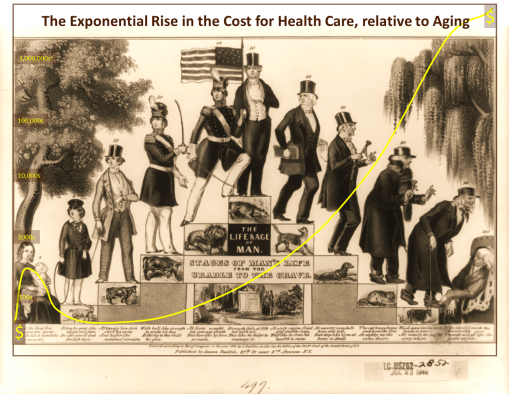
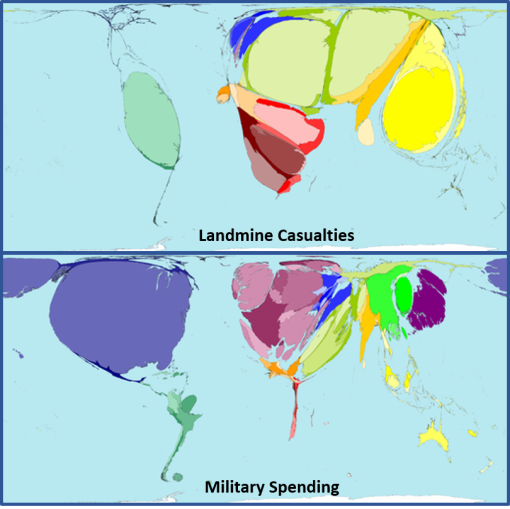
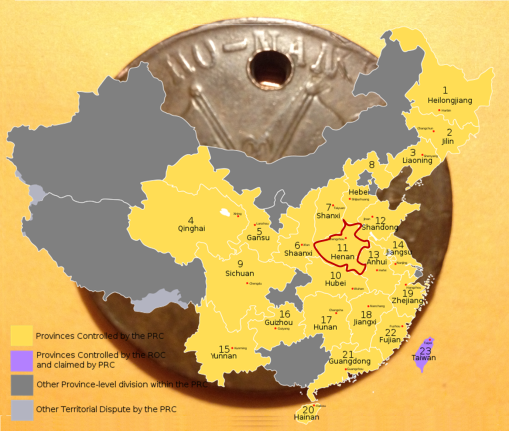
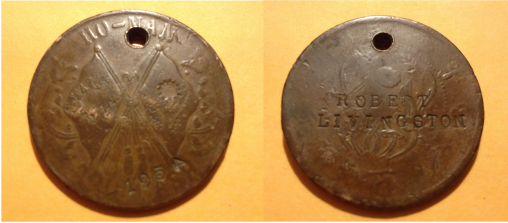

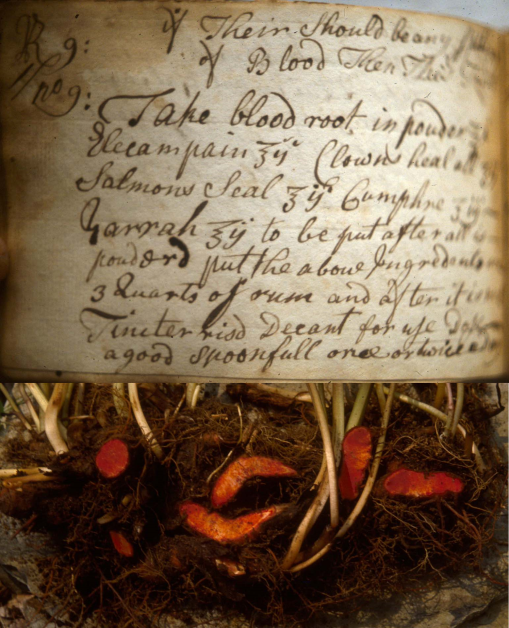
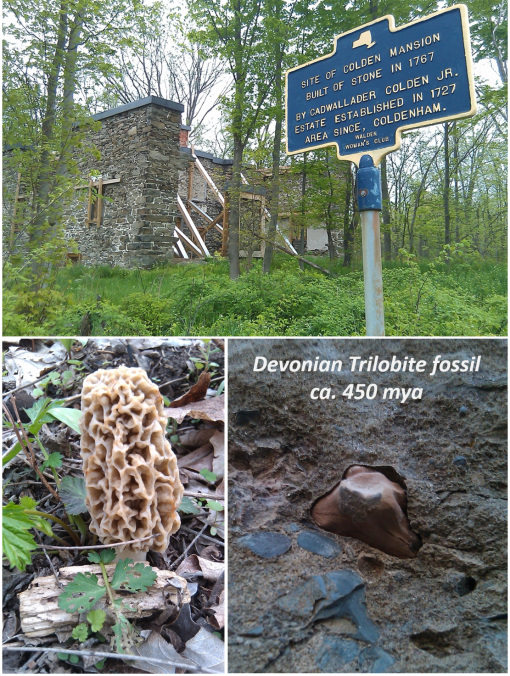









Leave a comment